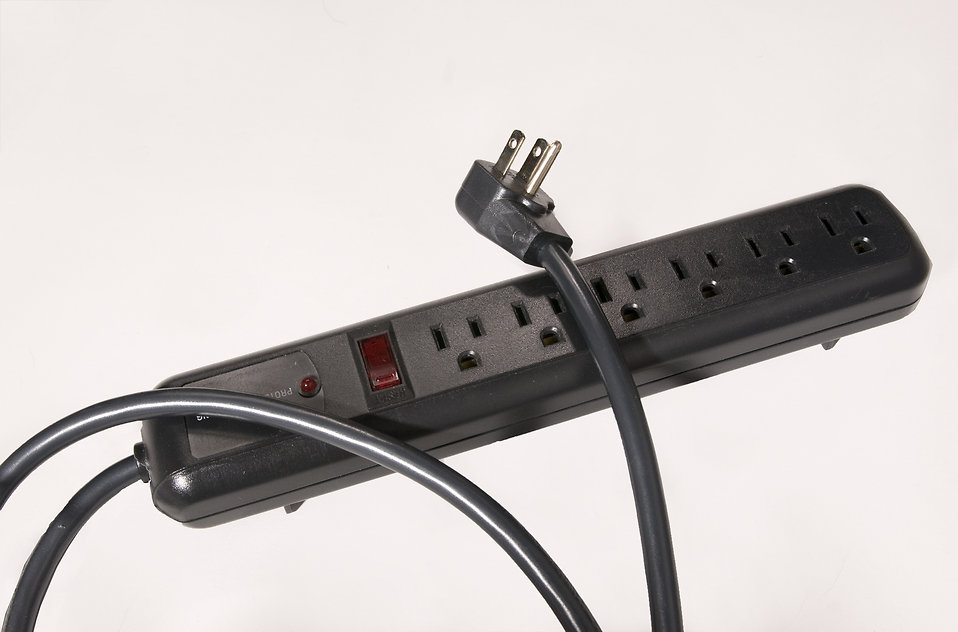What you need to know
Electrical safety basics
- Don't work with exposed conductors carrying 50 volts or more.
- Make sure electrical equipment is properly connected, grounded and in good working order.
- Extension cords may not be used as permanent wiring and should be removed after temporary use for an activity or event.
- Surge suppressors with built-in circuit breakers may be used long-term and are available with three, six and 15 foot-long cords.
- High amperage equipment such as space heaters, portable air conditioners and other equipment must be plugged directly into permanent wall receptacles.
- Do not access, use or alter any building’s electrical service, including circuit breaker panels, unless you are specifically qualified and authorized to do so.
- Wet environments can increase the risk of an electrical shock.
Read more information about electrical cords, including extension cords, surge suppressors and power strips.
Housekeeping and maintenance
- Maintain at least 30 inches of clearance in front of electrical panels to ensure a safe environment for facilities workers.
- Make sure that all junction boxes are covered.
